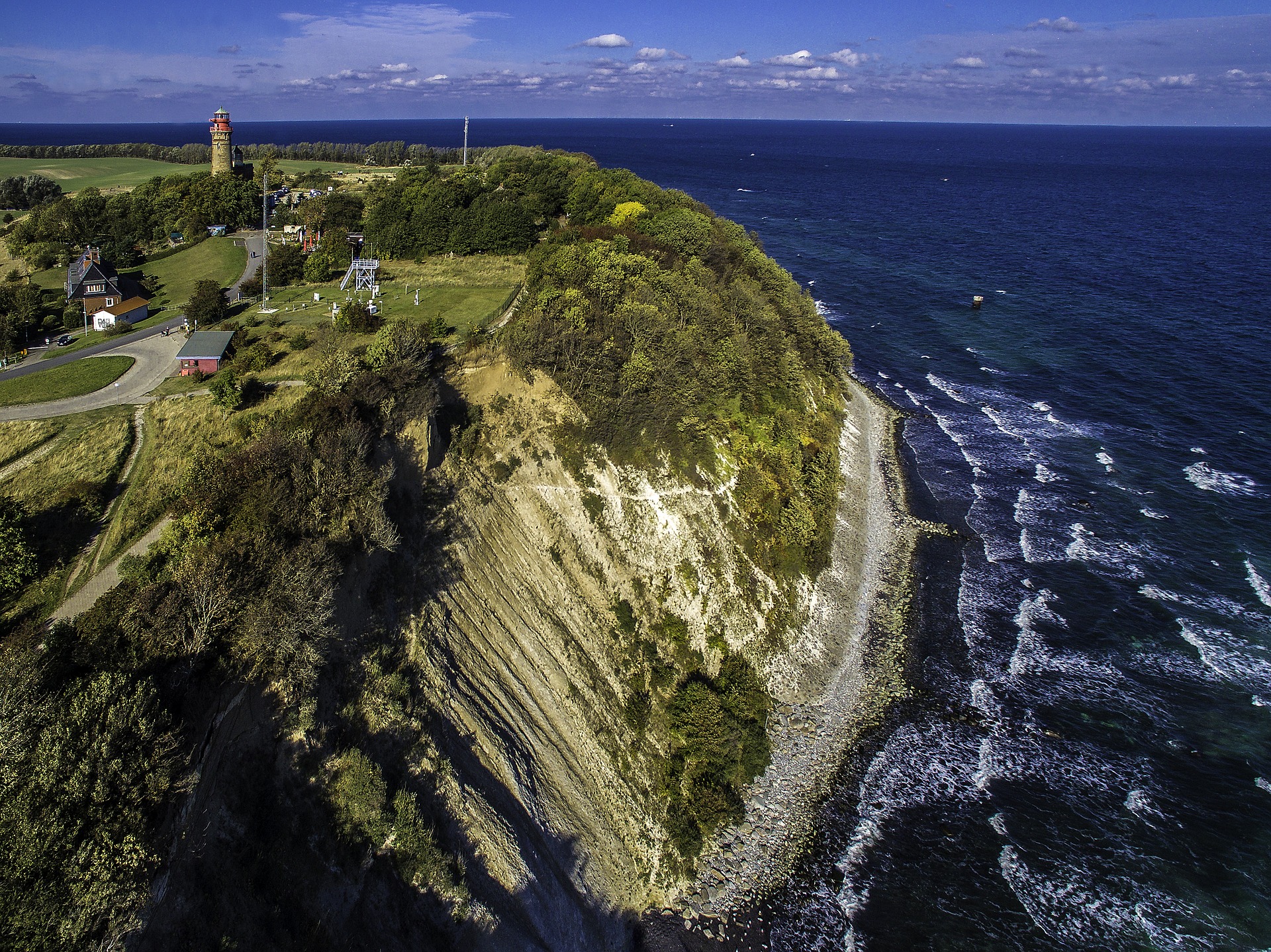
Am Kap Arkona eine sagenhafte Aussicht genießen Mit Vergnügen Berlin
Svantovit (auch Svantevit, Swantewit, Sventevit, Svetovit, Svatovit, Świętowit, Svątevit, Suvid oder Святовит) ist eine slawische Gottheit. Er war der Kriegsgott, Orakelspender und die oberste Gottheit der Ranen auf Rügen und anderer Elb- und Ostseeslawen, vergleichbar mit dem obersten Gott Perun anderer slawischer Stämme.

Svantovit fotografías e imágenes de alta resolución Alamy
Svantevit-statue made by Marius Grusas at the cape Arkona on the island Rügen (reproduction). Image credit: Lapplaender - CC BY-SA 3.0 DE. Svantevit was depicted with four necks and four heads, two of them facing in front and two behind.Multiple heads were the most crucial feature of the Slavic pantheon of gods.
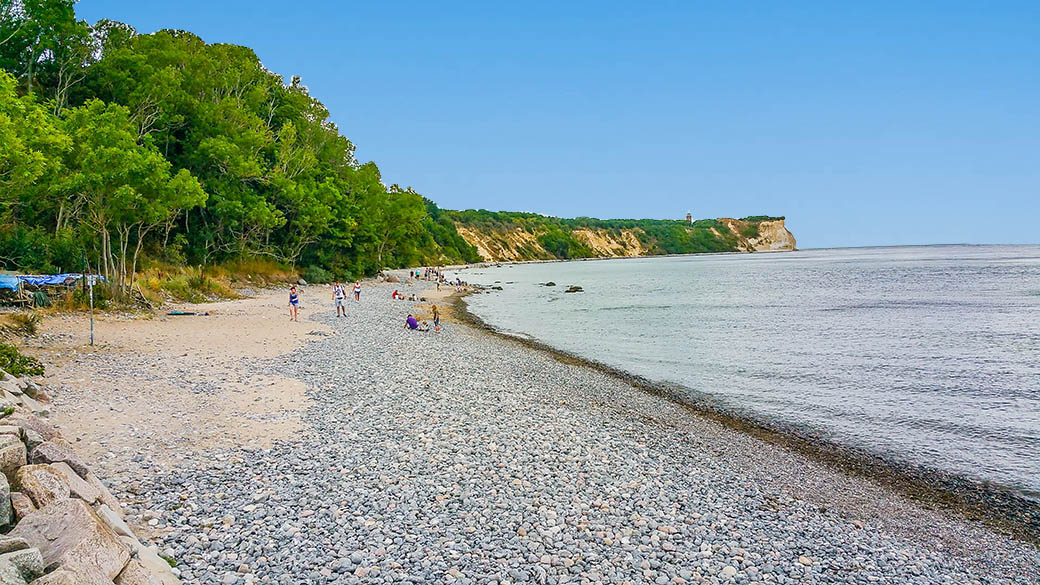
Fotoalbum Kap Arkona
Insel Rügen hat neues Wahrzeichen: Svantevit grüßt wieder vom Kap Arkona. Nach jahrelanger Verzögerung nahm sich die Künstlerin Patrycja Kujawowicz der Fertigstellung der drei Meter hohen.

Svantevit am Kap Arkona Foto & Bild deutschland, europe, mecklenburg vorpommern Bilder auf
Bishop Absalon topples the god Svantevit at Arkona Illustration by Laurits Tuxen published on 23 August 2014 Download Full Size Image Painting by Laurits Tuxen showing a Christian Bishop displacing an image of the pagan Slavic deities during the Christianisation process of the Slavic culture.
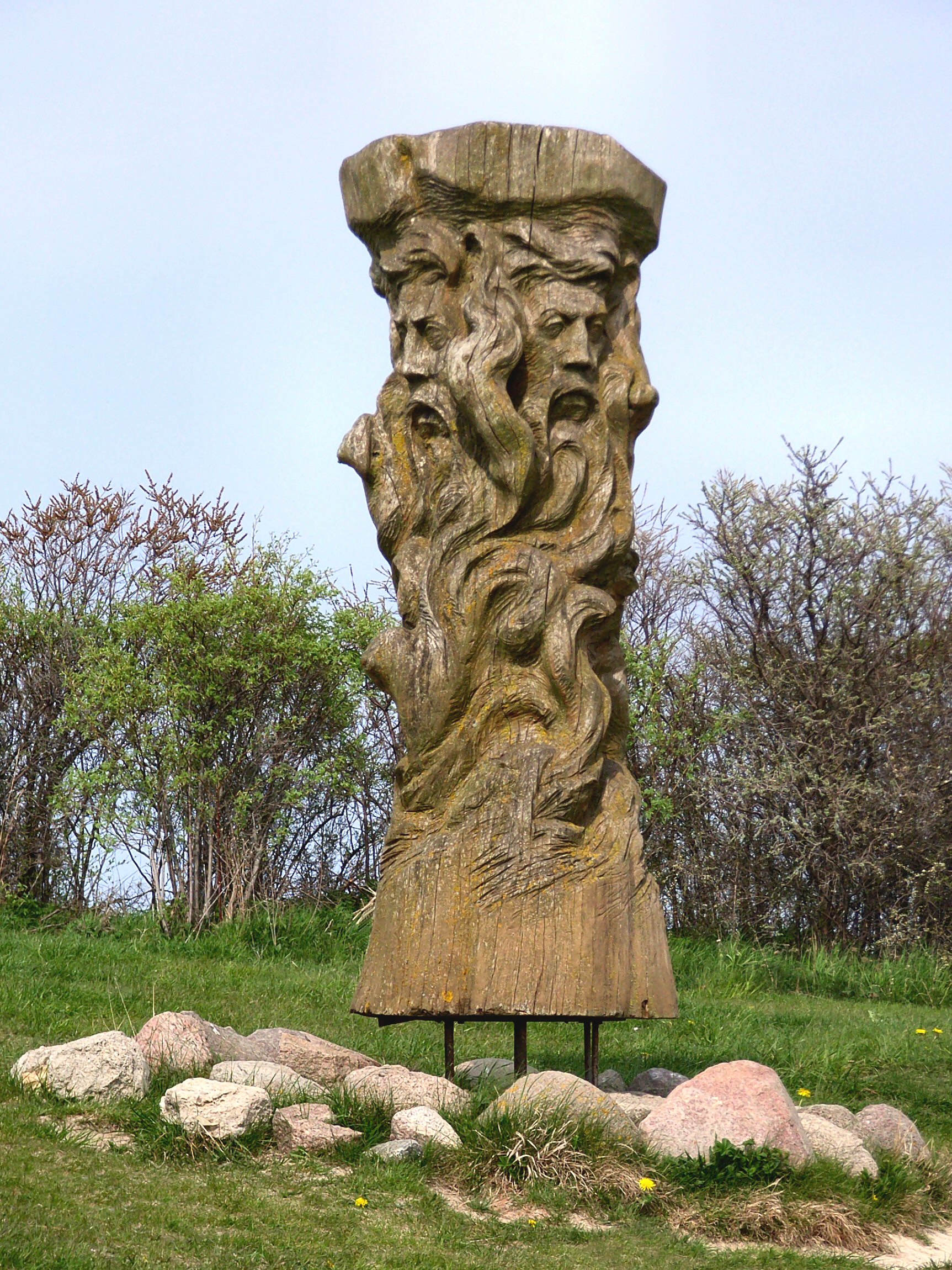
Svantevit
English: Svantevit-statue made by Marius Grusas at the cape Arkona on the island Rügen (reproduction) Deutsch: Freie künstlerische Nachbildung der Svantevit-Statue am Kap Arkona auf der Insel Rügen; die mittelalterlichen Originale von Svantevit-Statuen zeigen sich im archäologischen Befund sehr viel schlichter, nämlich balkenähnlich.
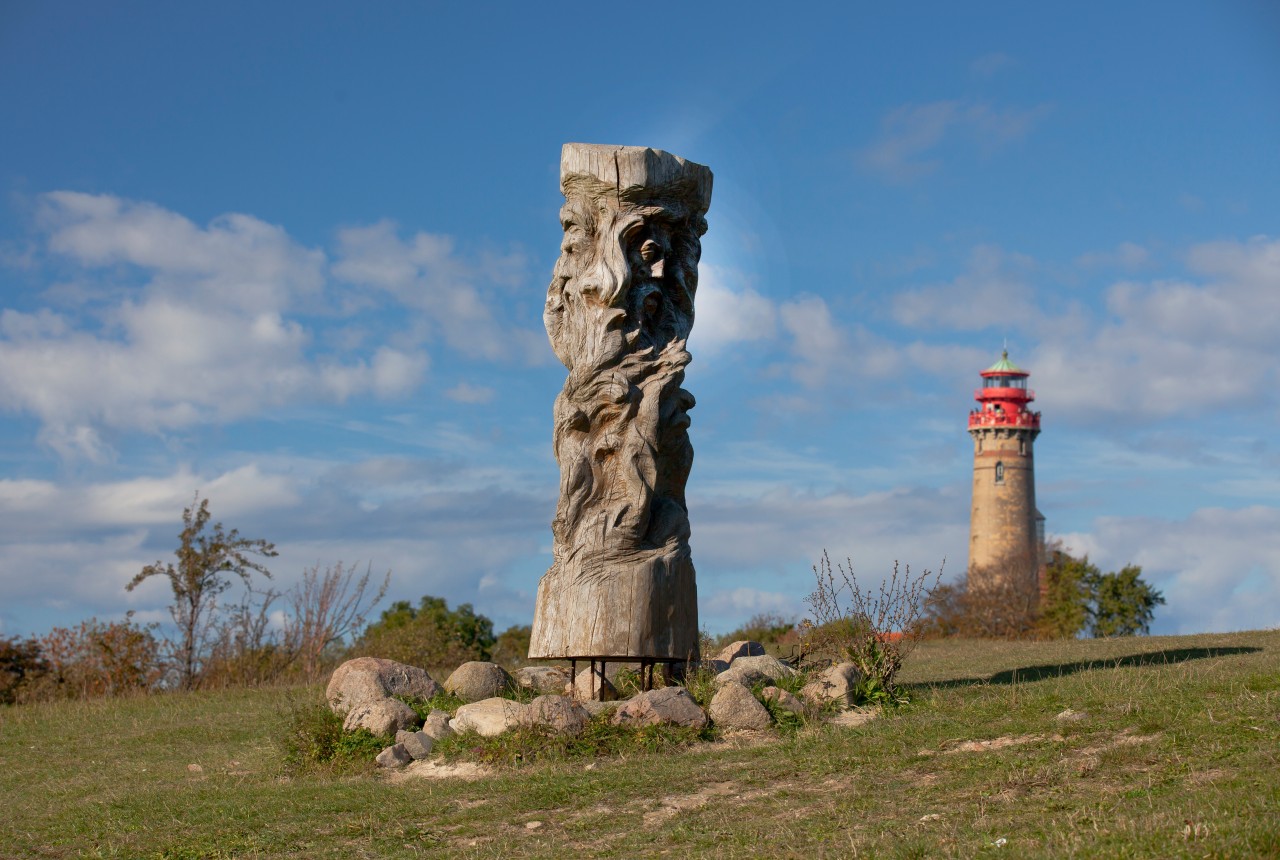
Rügen hatte ewig Ärger wegen dieses Wahrzeichens nun ist es zurück moin.de
This is "Svantevit og Kap Arkona" by Kjeld Jensen on Vimeo, the home for high quality videos and the people who love them.

Gott Skulptur Svantevit an die slawische Jaromarsburg am Kap Arkona, Insel Rügen, Mecklenburg
Pamlico County (1872) Settled in the early-eighteenth century by Welsh, Swiss, French, English, and German immigrants, Pamlico County was originally occupied by the Algonquian and Pampticoe (or Pamlico). These tribes referred to their land as "TaTaku" or "where the land and the sea meet the sky.". The Pamlico tribe nearly dissipated.
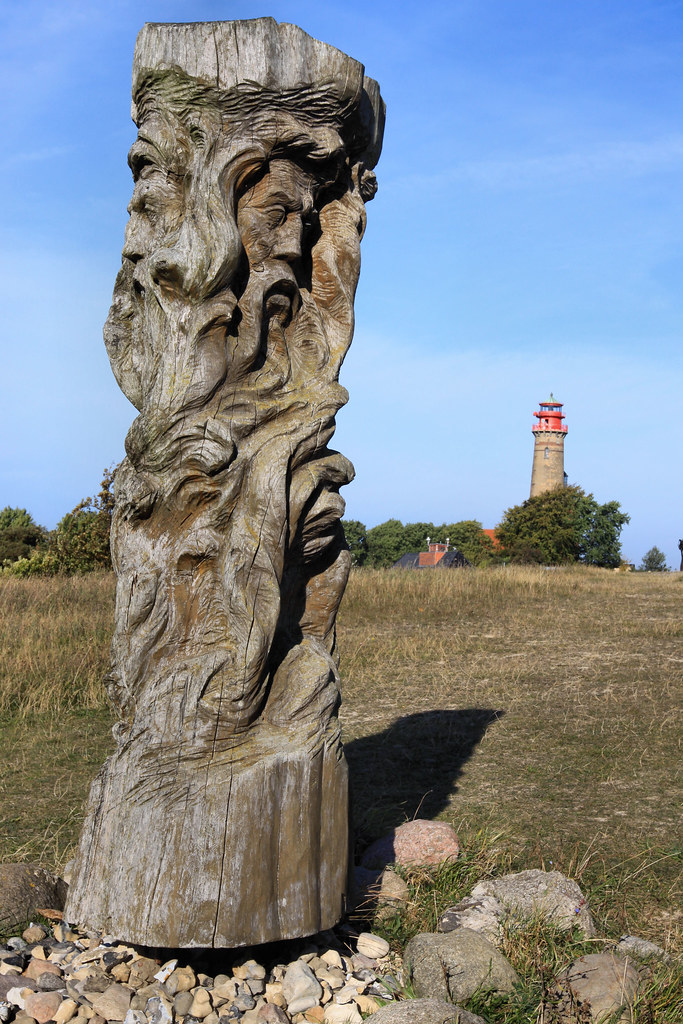
Skulptur Svantovit Kap Arkona Insel Rügen Stefan Flickr
Svantevit. Am Kap Arkona erinnert der hölzerne Götze Svantevit an Rügens heidnische Slawenzeit, die 1168/1169 endete. Dänen belagerten die Burg von Kap Arkona und nahmen sie nach Ausbruch einer Feuersbrunst in Besitz. Sie zerstörten anschließend den Götzentempel im Inneren der Burg und brachten den hölzernen Svantevit in ihr Lager.
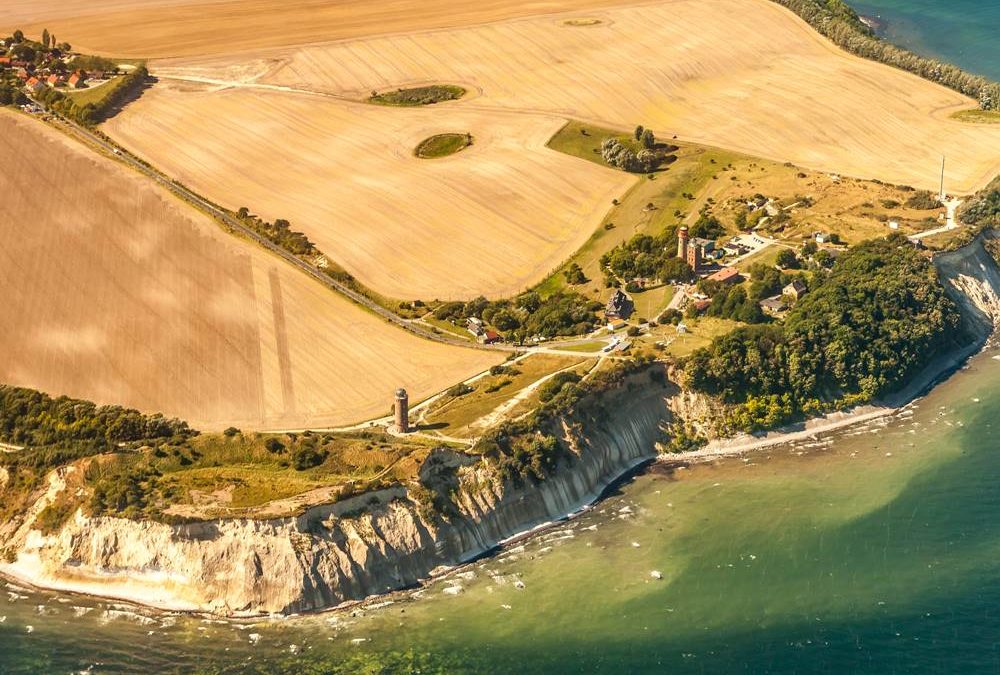
Kap Arkona auf Rügen Wandertipps, Highlights, Parkmöglichkeiten Geheimtipps und Reisetipps
Svetovit, Sventovit, Svantovit is the god of abundance and war, and the chief god of the Slavic tribe of the Rani, and later of all the Polabian Slavs. His organized cult was located on the island of Rügen, at Cape Arkona, where his main temple was also located.
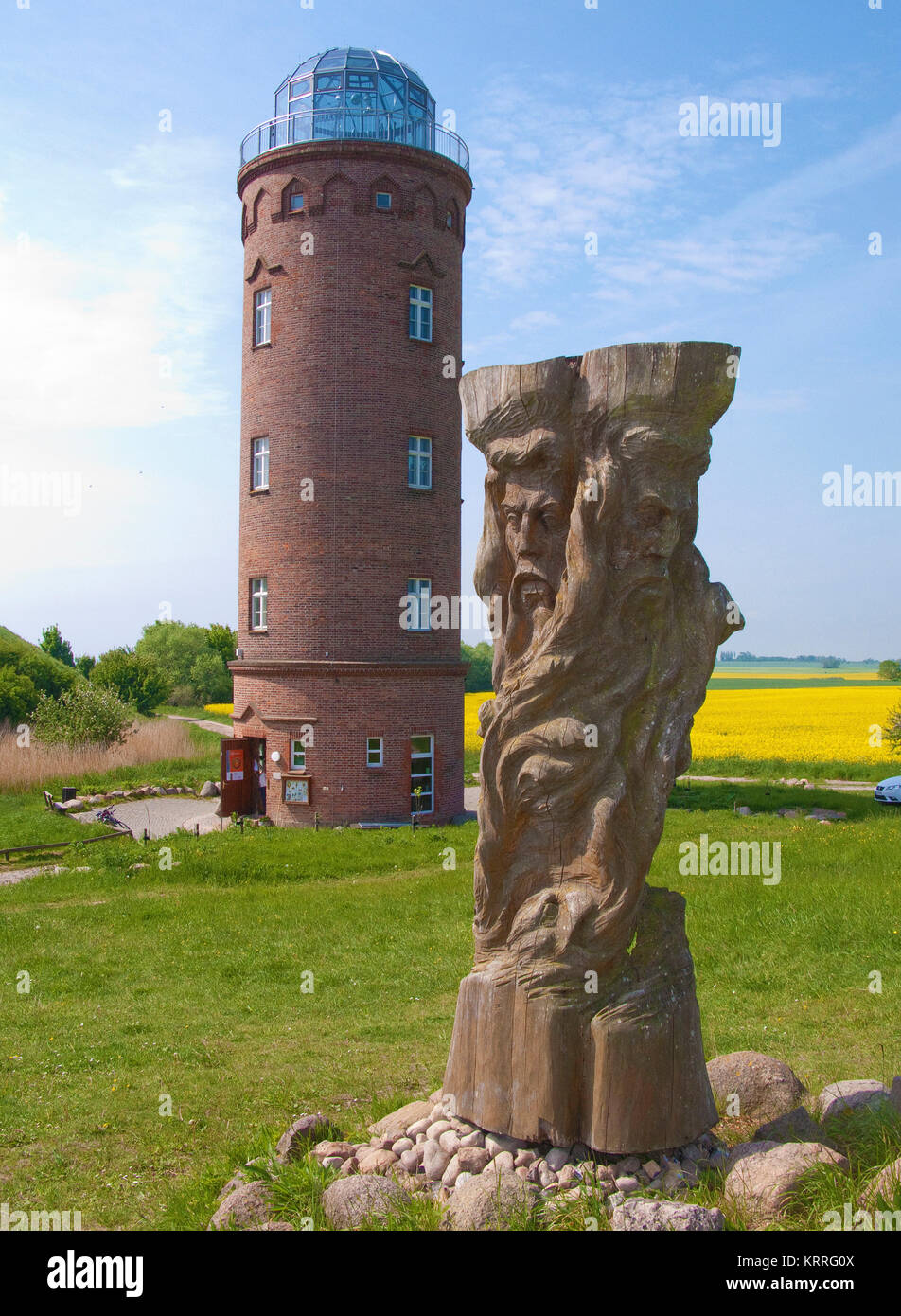
Svantovit, slawischen Gott Skulptur an der slawischen Burg, Turm, Kap Arkona, das Nordkap, Insel
Bishop Absalon topples the god Svantevit at Arkona in 1169 From the 9th [1] to the 12th centuries, the Jaromarsburg was a cult site for the Rani, a Slavic tribe, which was dedicated to their god Svantevit. Located at the tip of the cape, it was protected on three sides by cliffs and from the land side by a 25-metre-high burgwall.

Wooden sculpture of the fourheaded slavic god Svantovit at the slavic mound of Kap Arkona Stock
Arkona, West Slavic citadel-temple of the god Svantovit, dating from the 9th-10th century ad and destroyed in 1168/69 by Christian Danes when they stormed the island of Rügen in the southwestern Baltic.

Cult place with a replica of a Svantevit statue, idol of Slavs with four heads, Jaromarsburg
Cape Arkona (German: Kap Arkona) is a 45-metre-high cape on the island of Rügen in Mecklenburg-Vorpommern, Germany.It forms the tip of the Wittow peninsula, just a few kilometres north of the Jasmund National Park.The protected landscape of Cape Arkona, together with the fishing village of Vitt, belongs to the municipality of Putgarten and is one of the most popular tourist destinations on.

Kap Arkona auf Rügen Tipps, Infos & wandern Travelinspired
The Jaromarsburg was a cult site for the Slavic tribe of Rani dedicated to the god Svantovit and used from the 9th to the 12th century. It was located on the northeastern tip of the Baltic Sea island of Rügen at Cape Arkona, and was protected on two sides by the cliffed coast and from the land side by a Slavic burgwall .

Gott Skulptur Svantevit, Jaromarsburg am Kap Arkona, Wittow, Insel Rügen, MecklenburgWestern
Details 531 people responded Event by Simon Destino Kap Arkona (Putgarten), Insel Rügen Duration: 3 days Public · Anyone on or off Facebook Die Schlacht um Svantevit 1zu1 Turnier, Brücken Kämpfe, Feldschlachten. Putgarten Host Simon Destino
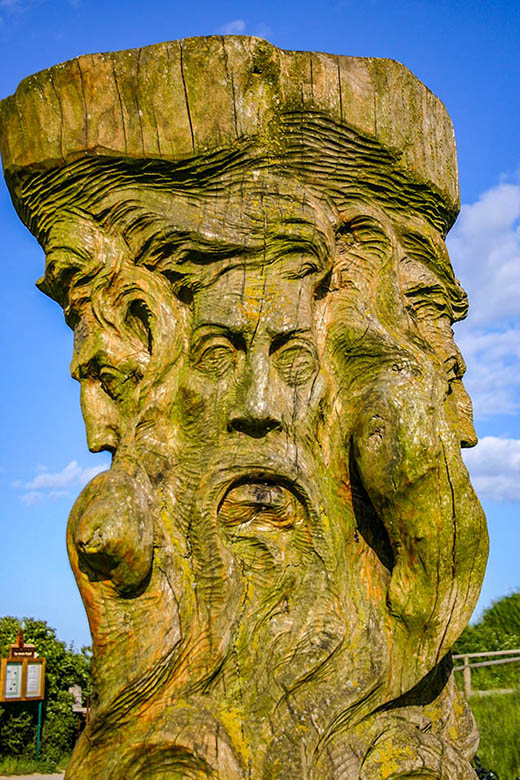
Besondere Orte Kap Arkona
Den vendiske fæstning Arkona på øen Rügen, med hovedhelligdom for guden Svantevit, blev erobret af danskerne den 15. juni 1169. Efter et tidligere fredeligt samkvem med naboerne blev venderne i tidlig middelalder hårdt presset fra vest og syd af forskellige tyske folk, der forenede kristen mission med erobring.

Kap Arkona Hike in Swantevit's traces (AudioWalk) • Hiking Route »
Arkona, også kaldet Jaromars Borg (tysk: Jaromarsburg ), var vendernes borg på Rügen, og et kultsted for guden Svantevit, der dyrkedes i form af en kæmpemæssig træstatue, som af Saxo Grammaticus er beskrevet som havende 4 hoveder. Borgen var naturligt beskyttet i form af en næsten lodret klinteskrænt ned mod Østersøen.